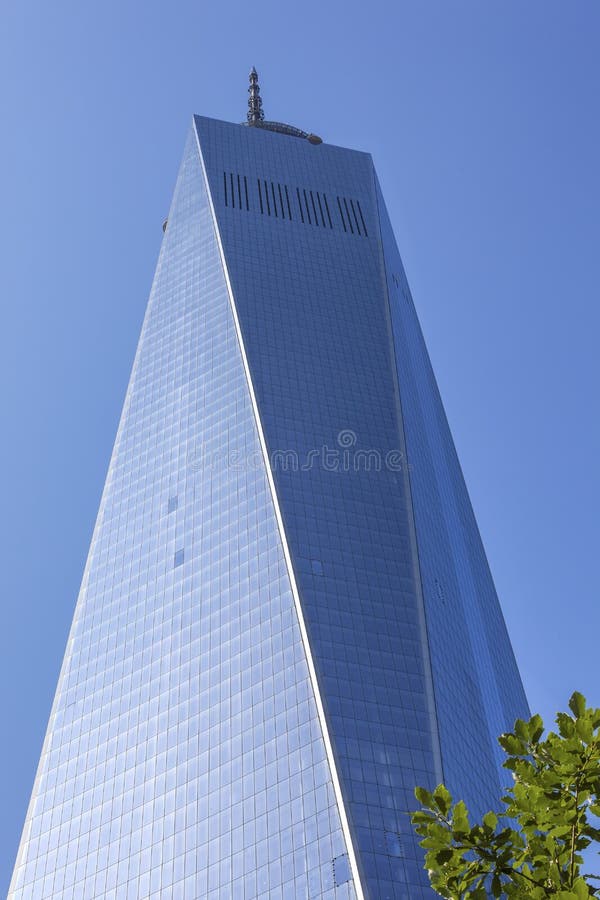

In particular, no superposition (of images or texts) on the reproduction is allowed. The image may not be manipulated, deformed, modified or altered in any way. If the image is used for reproduction, the work must be reproduced in its entirety.The user agrees to use the image of the website solely and exclusively for the purposes described above and in accordance with the following terms of use, which, however, do not apply to the reproduction of the works included in the photographs, as they are protected by Copyright. Non-commercial use is understood as the use of the images in a context where no profit, monetary or commercial, is generated, directly or indirectly.Īny use other than those indicated above will require the prior written authorization of the Fundación.Īny request for educational and research use or for non-commercial use (including academic publications), should be directed by email to the Museum Photo Library through the email address This department manages the worldwide distribution of the images of the works of the Museo Nacional Thyssen-Bornemisza and the management of their reproduction rights for those uses. Use for educational and research purposes is understood as the non-commercial or advertising use of images in presentations, conferences, school or university work, in classes at regulated education institutions, as well as in academic publications, with a circulation of less than 1,000 copies, provided that it is non-profit.
#Edificio de vidrio en new york license#
Therefore, regardless of the terms of use of the images set out below by the Foundation, it will be necessary to obtain a license from VEGAP (or from the corresponding collective management organization in the country where the work is going to be used or, where appropriate, from the holder of their rights in order to reproduce or exploit the work. However, photographed works are protected by copyright. The Fundación authorizes the downloading of high-resolution images from its website for private use, use for educational and research purposes and non-commercial uses. The exploitation rights of the images correspond to the Fundacion Coleccion Thyssen-Bornemisza, F.S.P. The prominence of the woman’s parted lips exhaling cigarette smoke is an explicit reference to the use of sexual images in cigarette advertisements as means of encouraging consumption.

Smoked Glass, dated 1962, shows a foreground fragment in grisaille of the face of a woman smoking and the headlamp from a Ford car, the same model that features in a painting executed the previous year, I Love You with My Ford. His stint as a painter of billboards in Times Square was influential in shaping his preference for extremely enlarged images. Although his paintings incorporate real objects and people, rendered with an almost photographic realism, they lose their literal quality on account of the manner in which they are framed or the zoom effect of his angle of vision. In Rosenquist’s painting that which is visible is not always easily identifiable. His method of working, which involved creating images from other images, is fully in keeping with Pop Art, but for him the essential content stemmed from the confrontation of the different fragments within his painting, as occurred, for example, with Surrealist collage. His chief source of inspiration would be magazine advertisements, which he modified using his original language, transforming them into criticisms of American society. Rosenquist arrived in New York in 1955 and became known as a result of his exhibition at the Green Gallery in 1962 showing works that belonged to what was then called the New Realism movement, which later gave rise to Pop Art. Whereas Roy Lichtenstein enlarged synthetic comic strip images and reproduced them manually to explore the complex connections between art and popular culture, James Rosenquist combined the iconography of advertising and mass media in his painting in order to express his view of modern life, plagued as it was with new products and new offers.


 0 kommentar(er)
0 kommentar(er)
